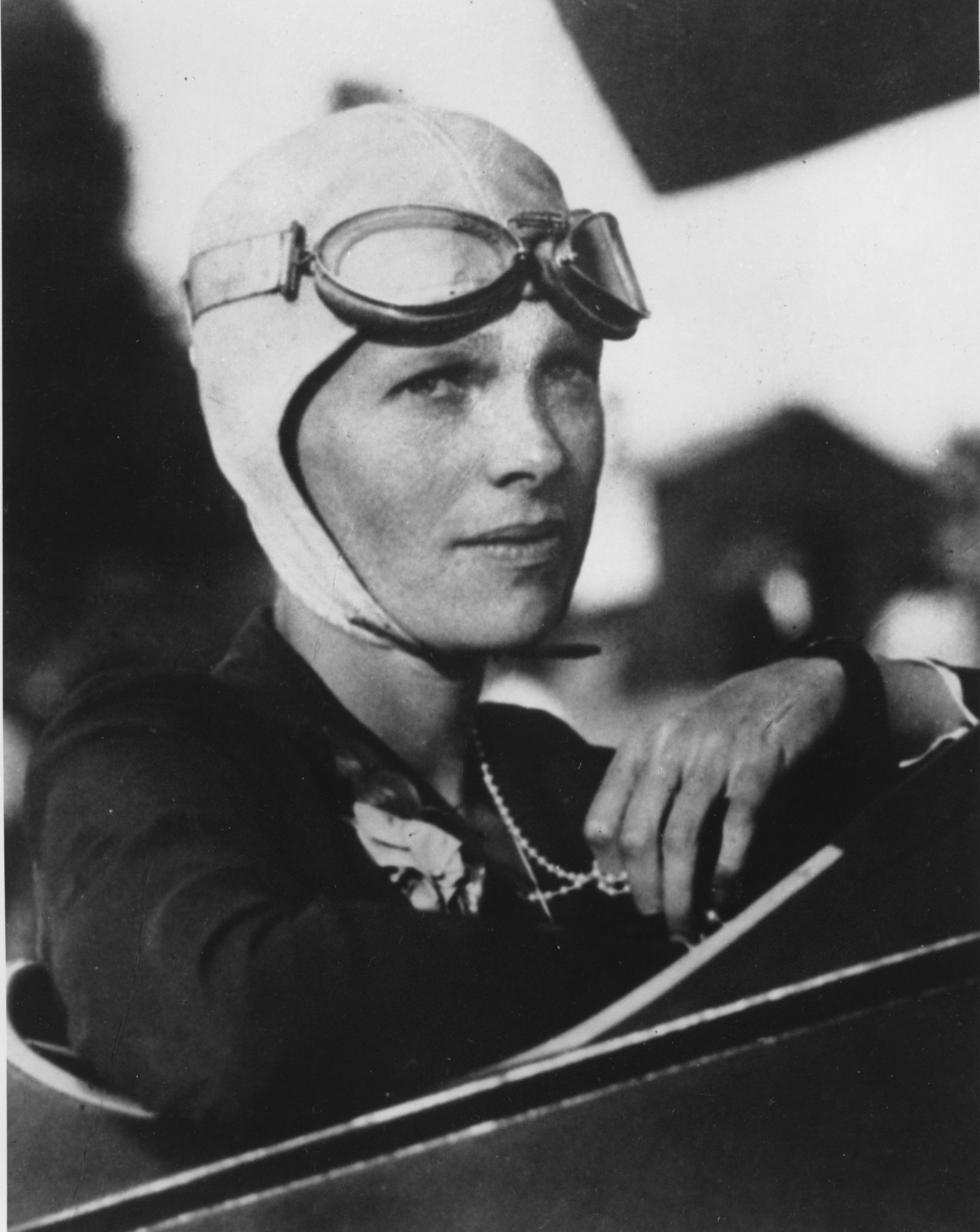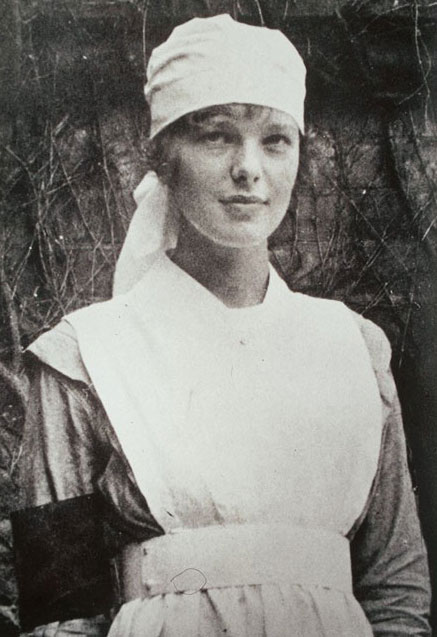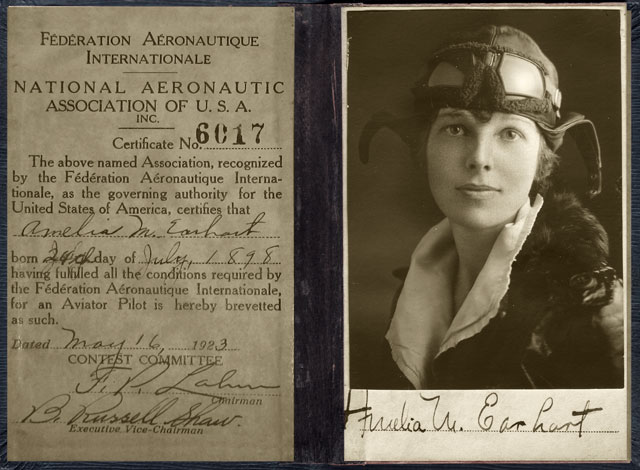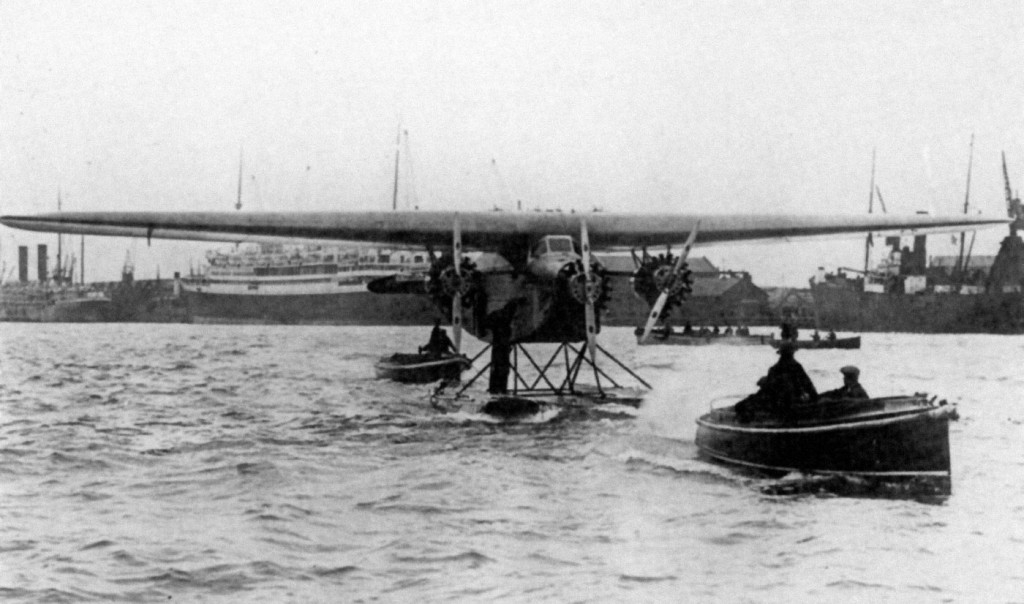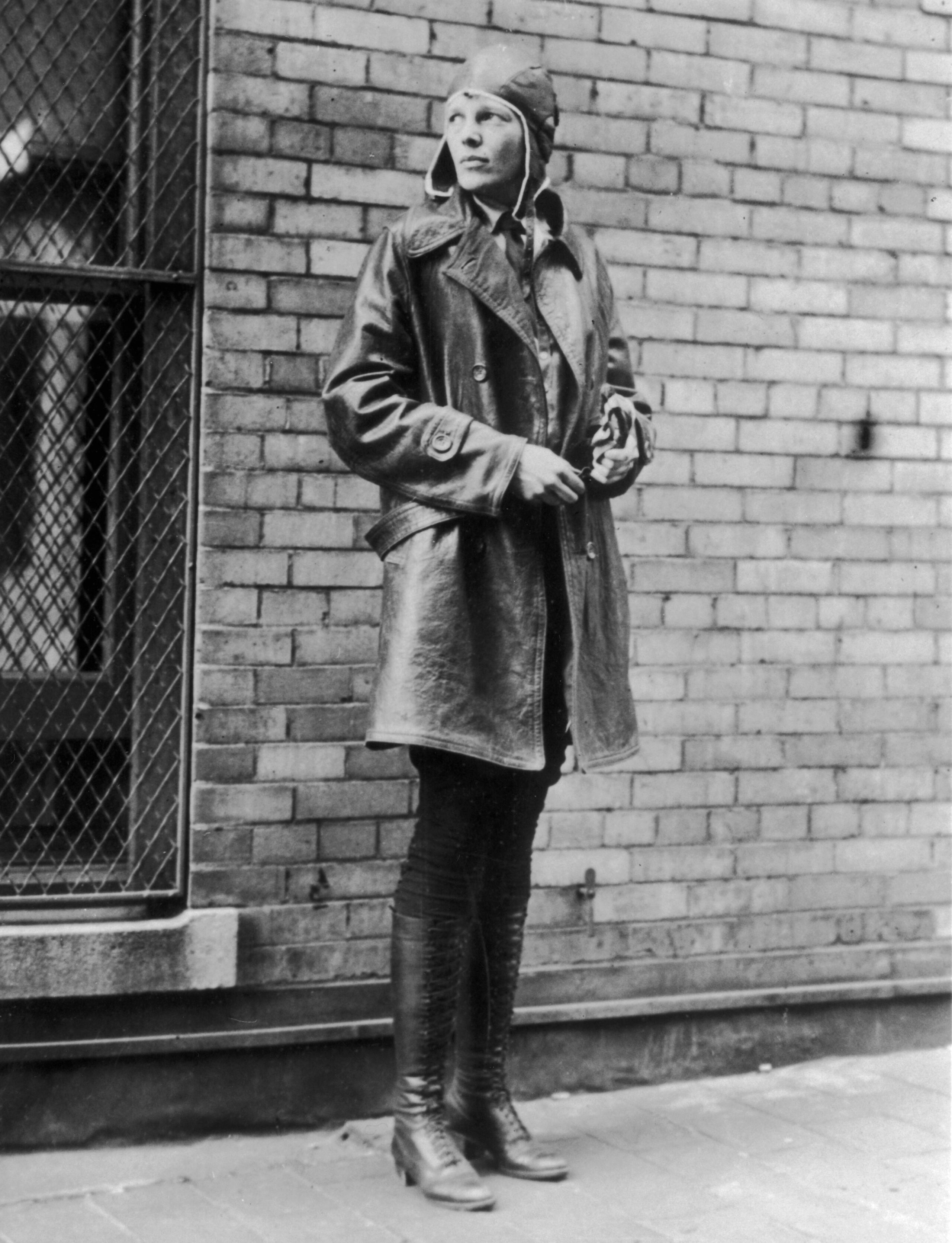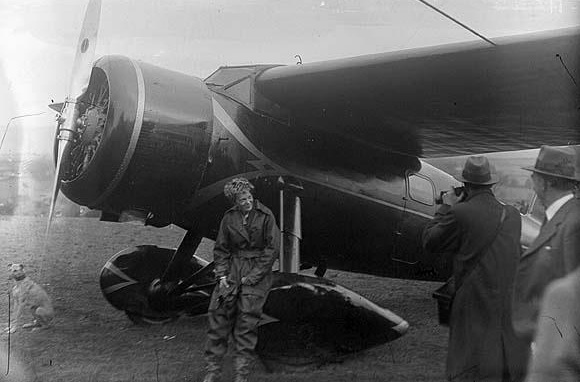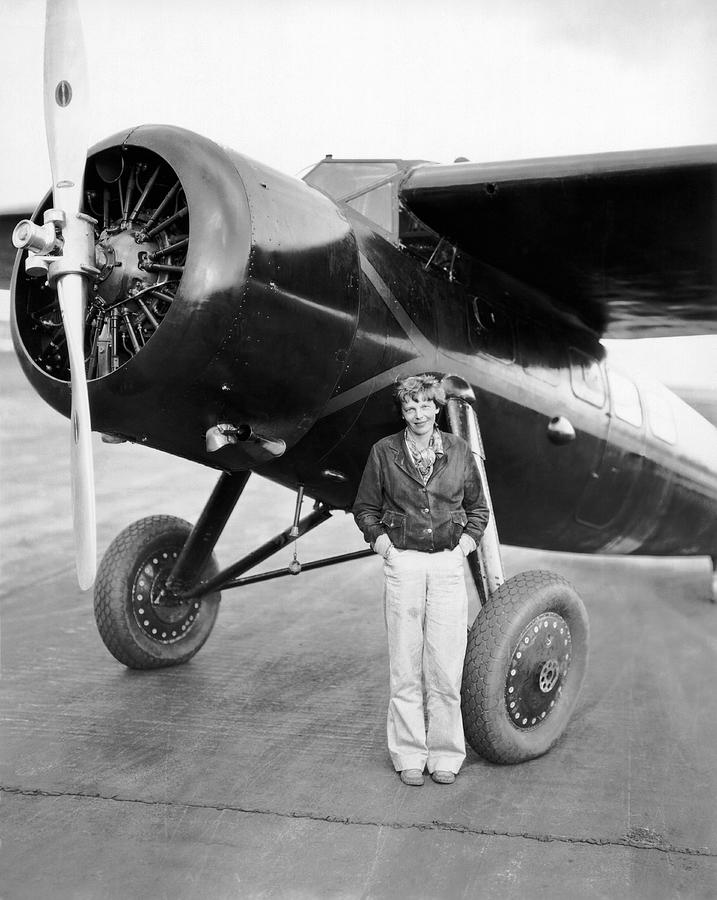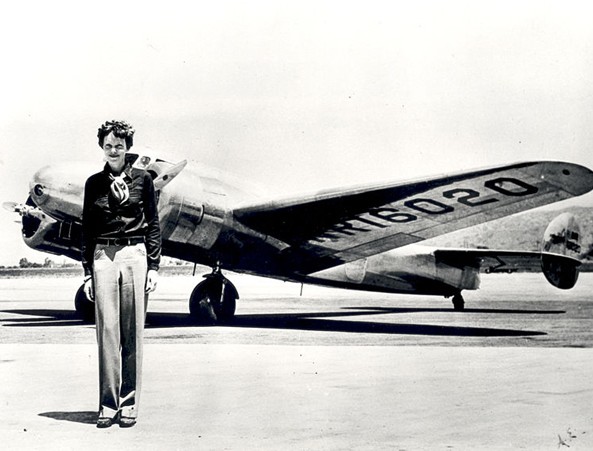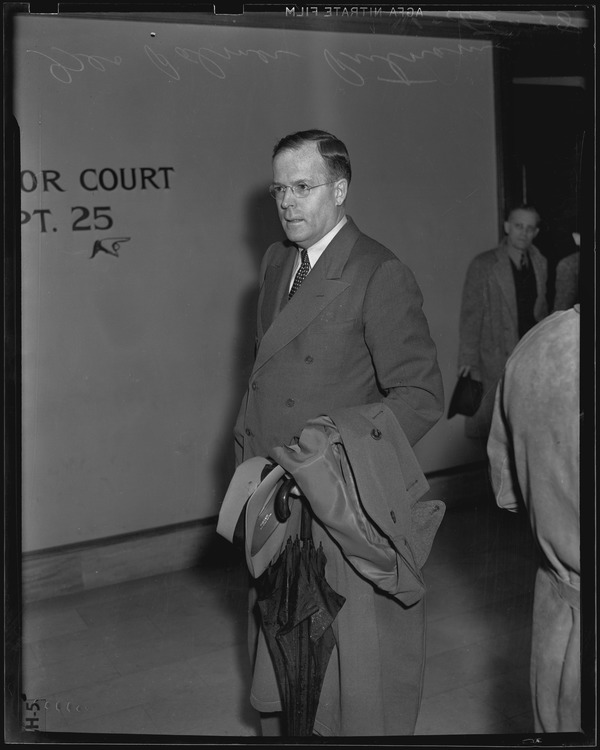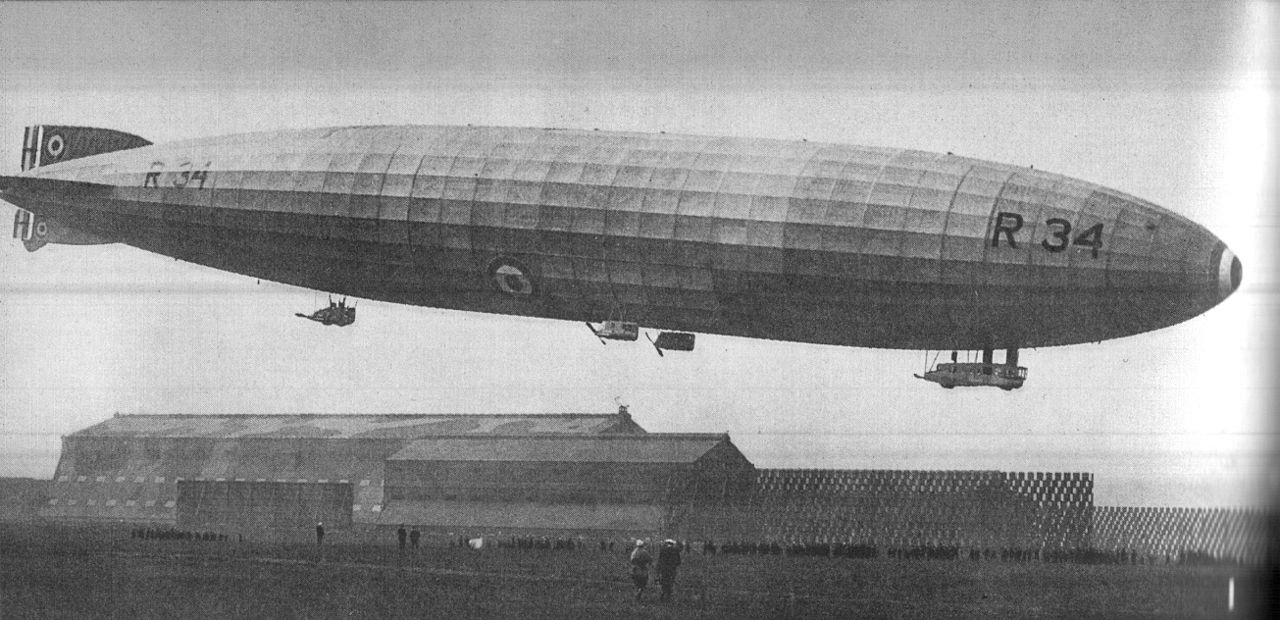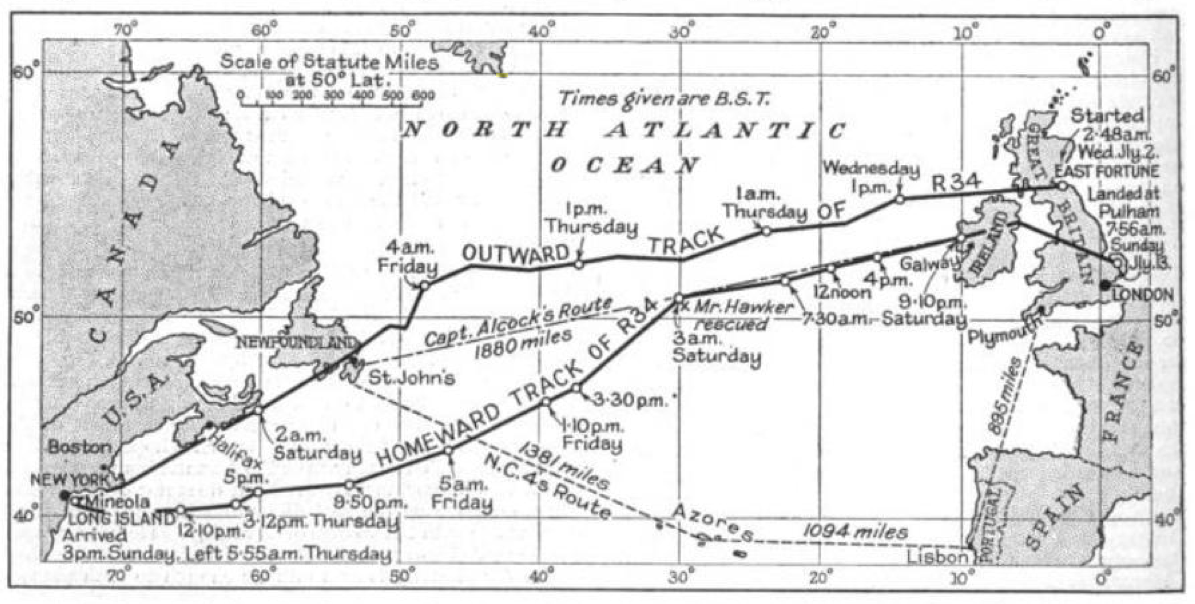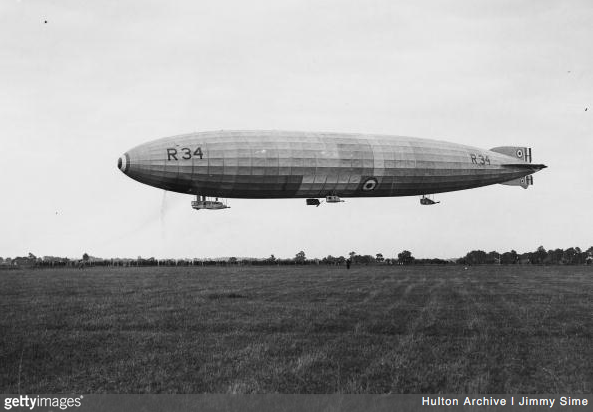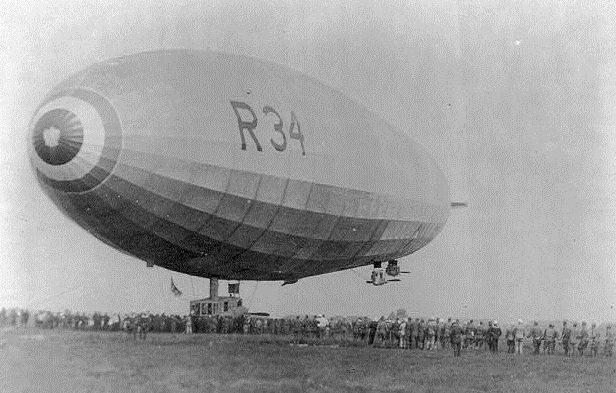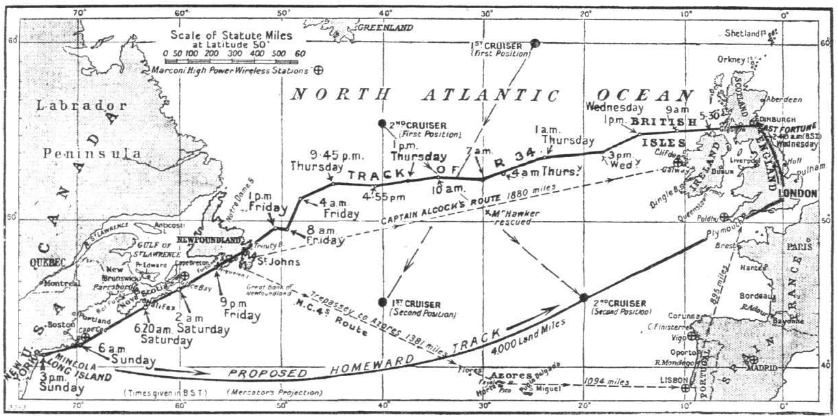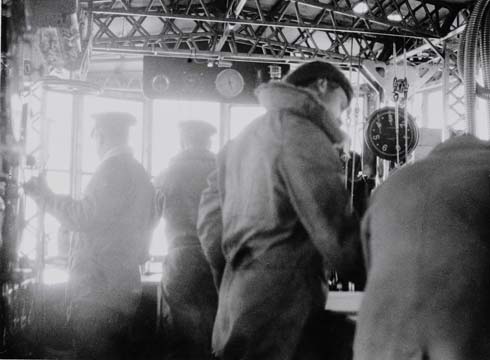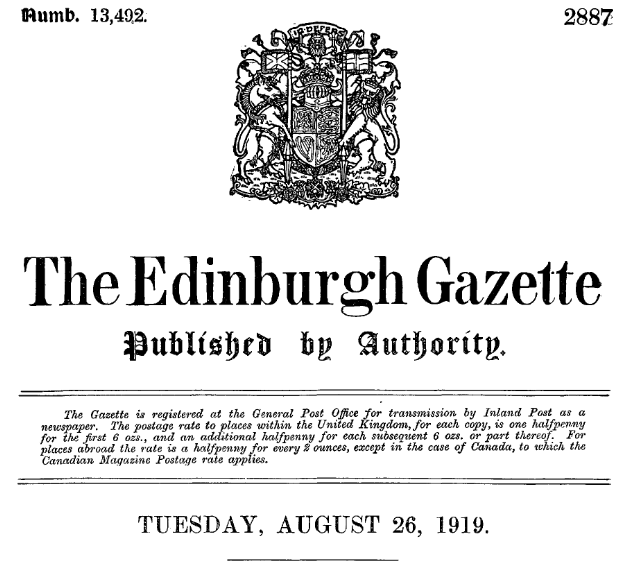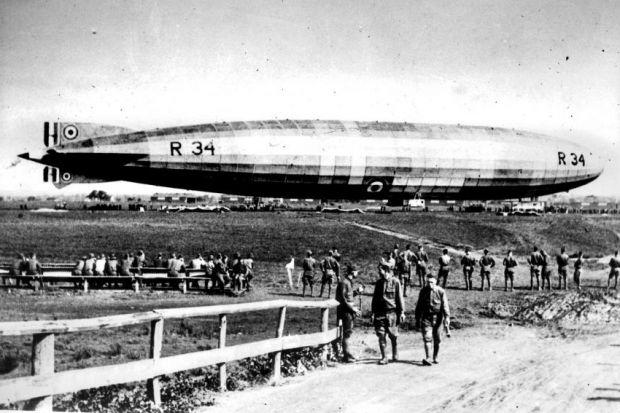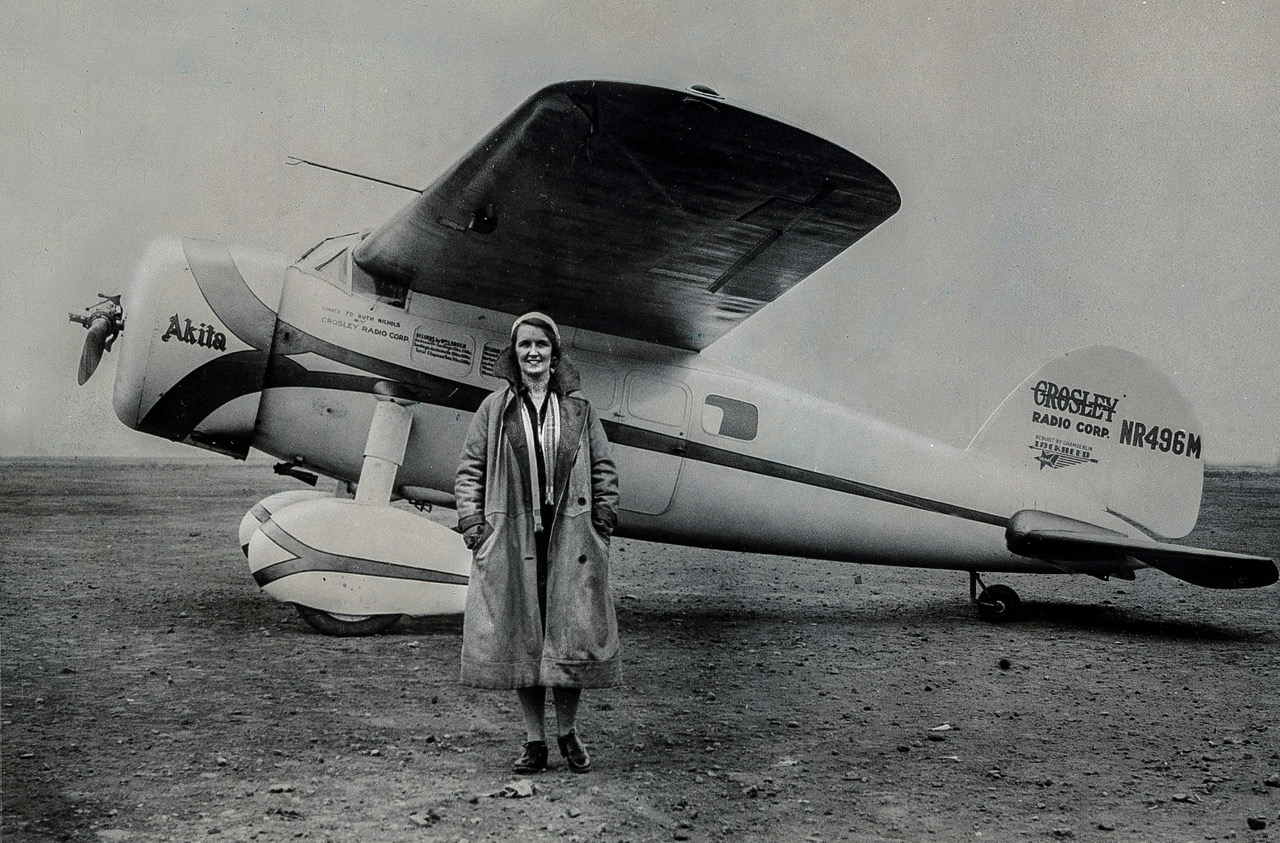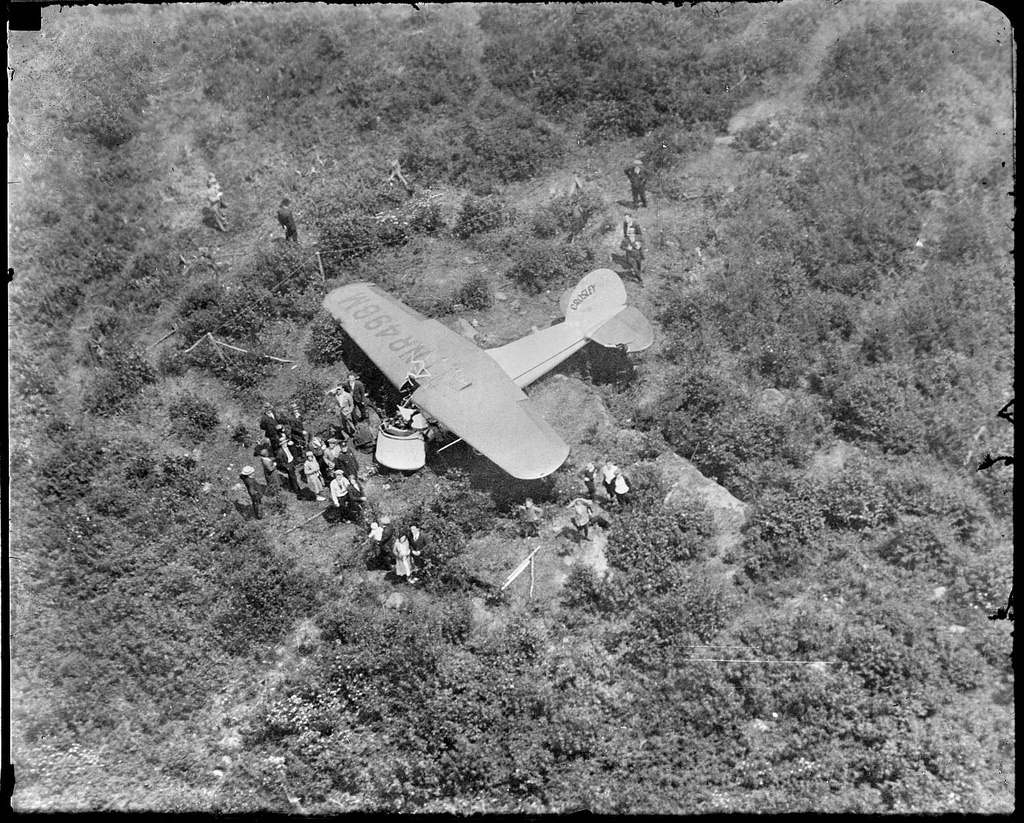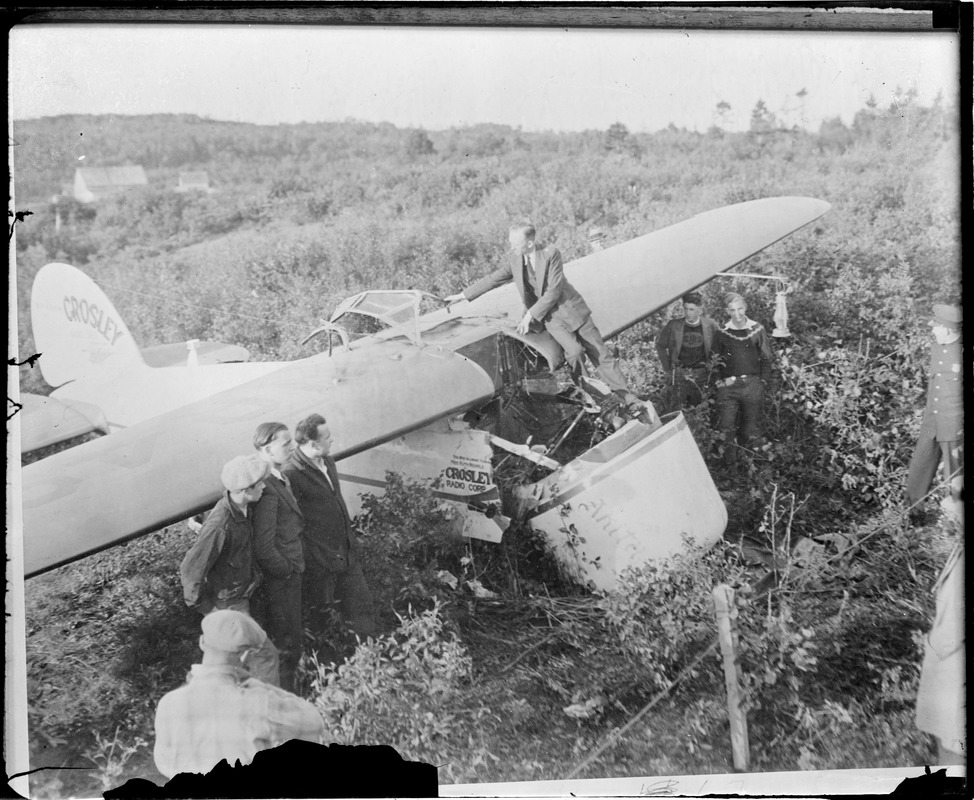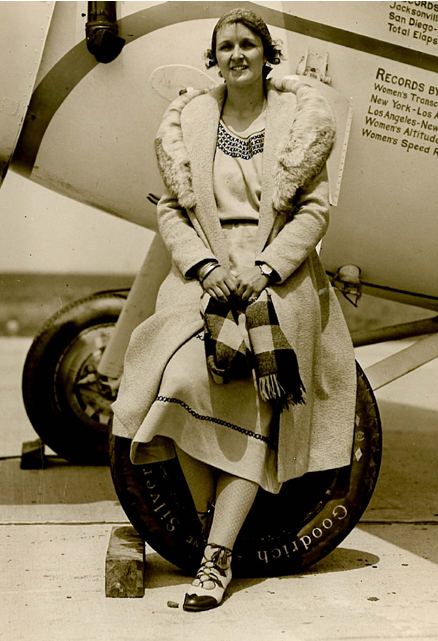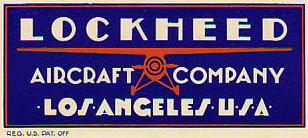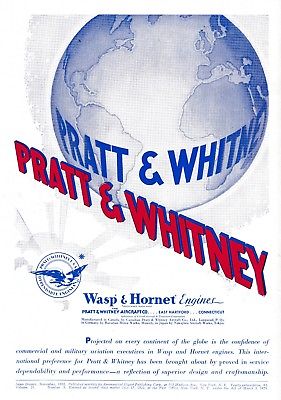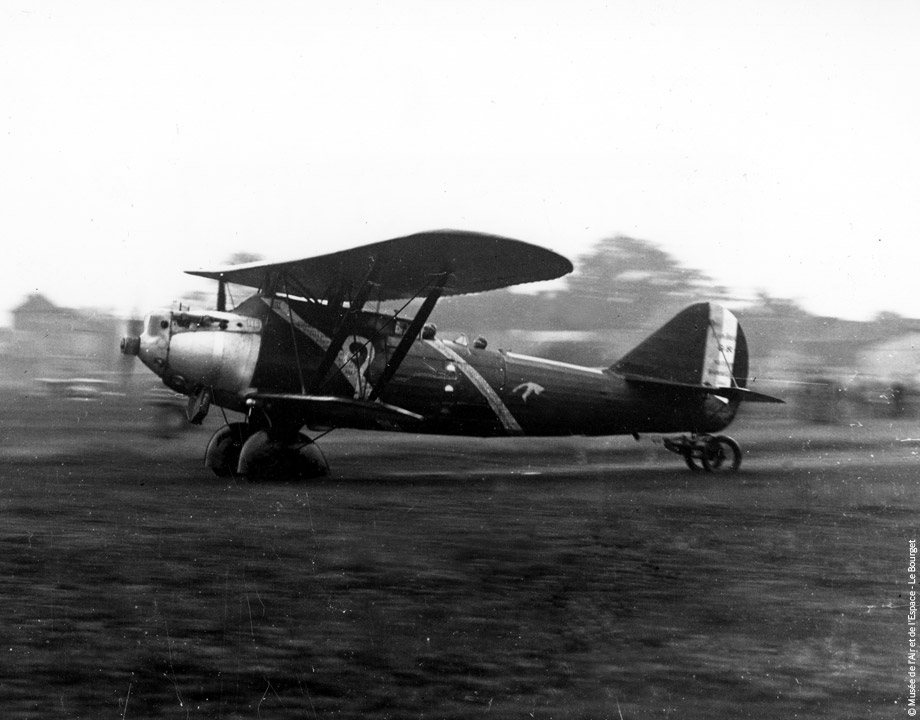
1 September 1930: At 10:54 a.m., local time (09:54 G.M.T.), Dieudonné Costes and Maurice Bellonte ¹ took off from the Aéroport de Paris – Le Bourget, in a red Breguet Br.19 TF Super Bidon. Their destination was New York, non-stop across the North Atlantic Ocean. At 6:12:30 p.m., Eastern Daylight Time, 2 September (22:12:30 G.M.T.), they landed at Curtiss Field, Valley Stream, Long Island, New York. The two aviators had flown 5,913 kilometers (3,674 statute miles, 3,193 nautical miles) in a total elapsed time of 37 hours, 18 minutes, 30 seconds.
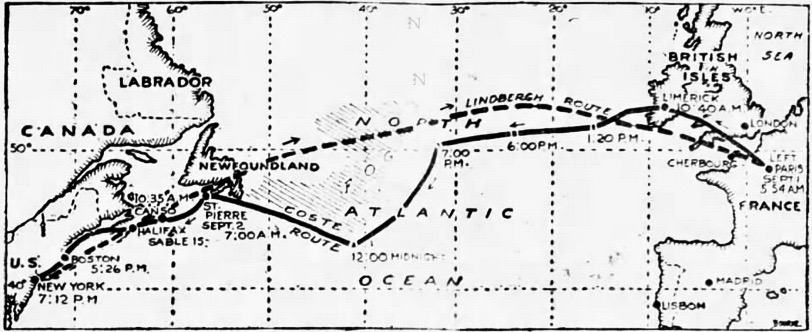
More than 25,000 people, including Charles A. Lindbergh, were waiting at Valley Stream to welcome the two French aviators to America.
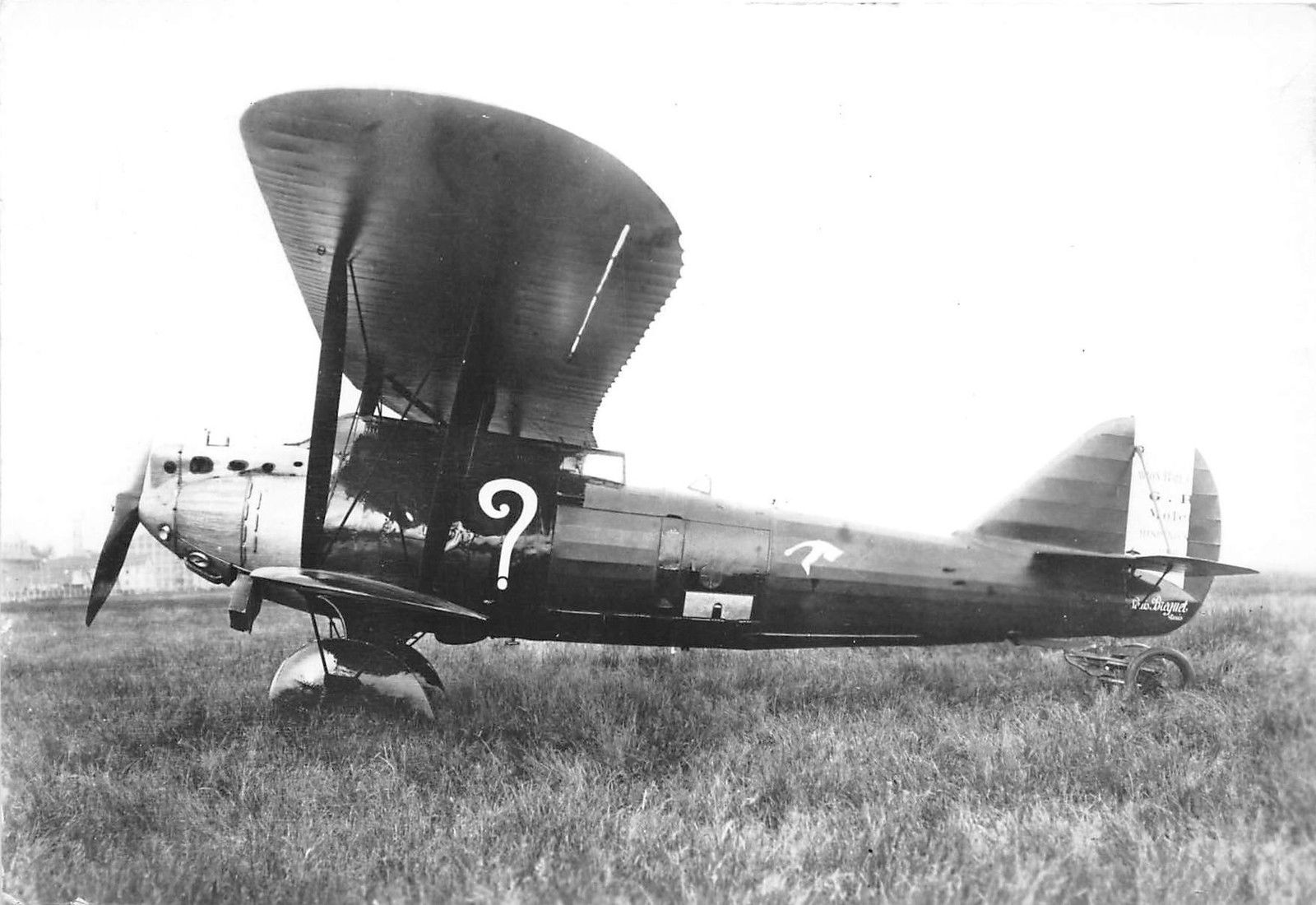
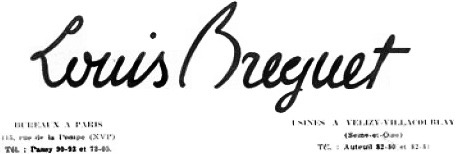 The Breguet Br.19 TF Super Bidon was named Point d’Interrogation (“Question Mark”—?), because one of the flight’s sponsors—the Coty fragrance company—was a mystery. The airplane is a single-engine, two-place sesquiplane: a biplane with the span of the lower wing substantially shorter than the upper. It was a specially-built long-distance racer which had made its first flight two years earlier, on 23 July 1928. Since then it had been modified from the original TR configuration by lengthening the fuselage, increasing the wing span and the vertical gap between the wings, and increasing the fuel capacity.
The Breguet Br.19 TF Super Bidon was named Point d’Interrogation (“Question Mark”—?), because one of the flight’s sponsors—the Coty fragrance company—was a mystery. The airplane is a single-engine, two-place sesquiplane: a biplane with the span of the lower wing substantially shorter than the upper. It was a specially-built long-distance racer which had made its first flight two years earlier, on 23 July 1928. Since then it had been modified from the original TR configuration by lengthening the fuselage, increasing the wing span and the vertical gap between the wings, and increasing the fuel capacity.
The Br.19 TF was 10.718 meters (35 feet, 1.2 inches) long, with an upper wingspan of 18.300 meters (60 feet, 0.5 inches) and lower span of 11.496 meters (37 feet, 8.6 inches). The airplane’s height was 4.080 meters (13 feet, 4.6 inches). The total wing area was 61.940 square meters (666.717 square feet). The Super Bidon had an empty weight of 2,190 kilograms (4,828 pounds) and gross weight of 6,375 kilograms (14,054 pounds).
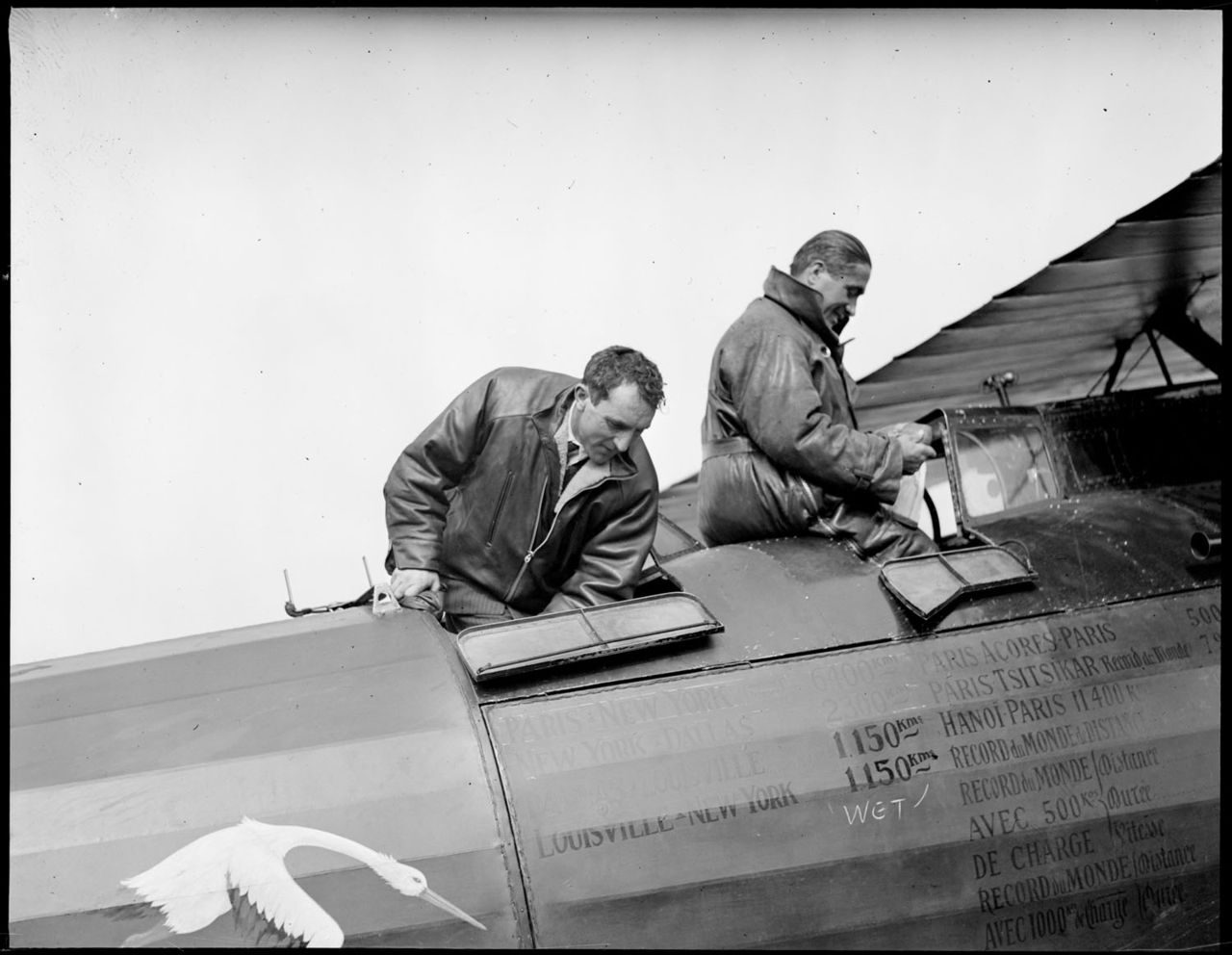
Two main fuel tanks were placed between the engine and the crew’s cockpits. The tanks’ walls made up the fuselage surface in that area. The total fuel capacity was 5,570 liters (1,471 U.S. gallons), with two additional 166 liter (44 gallon) jettisonable tanks located under the lower wing. (These were removed just prior to takeoff.) The engine was provided with 220 liters of lubricating oil.
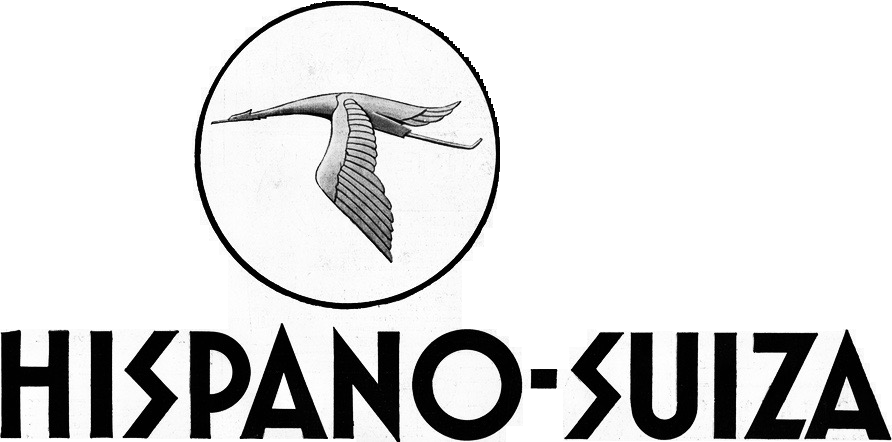 The Br.19 TF was powered by a liquid-cooled, normally-aspirated, 36.050 liter (2,199.892-cubic-inch-displacement) Société Française Hispano-Suiza 12Nb single-overhead-cam (SOHC) 60° V-12 engine, which produced 650 cheval-vapeur (641 horsepower) at 2,100 r.p.m. The direct-drive V-12 turned a two-bladed metal propeller.
The Br.19 TF was powered by a liquid-cooled, normally-aspirated, 36.050 liter (2,199.892-cubic-inch-displacement) Société Française Hispano-Suiza 12Nb single-overhead-cam (SOHC) 60° V-12 engine, which produced 650 cheval-vapeur (641 horsepower) at 2,100 r.p.m. The direct-drive V-12 turned a two-bladed metal propeller.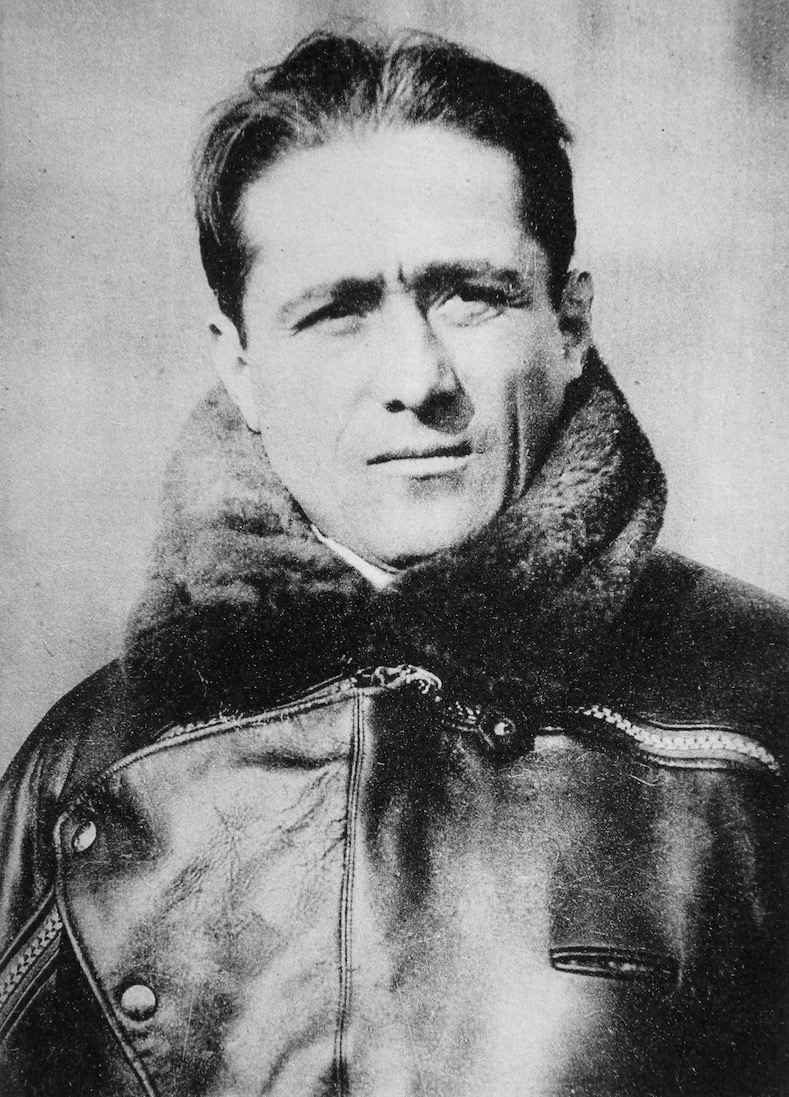
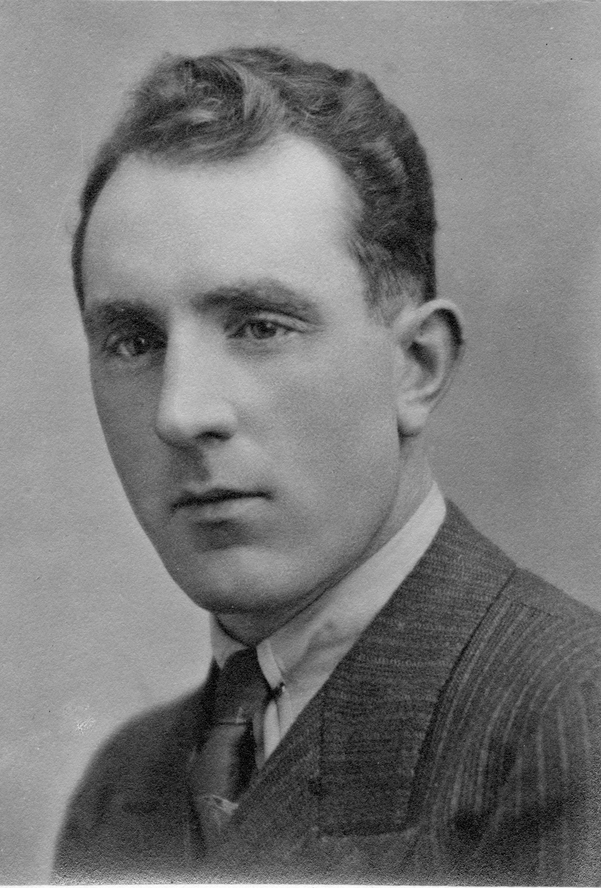
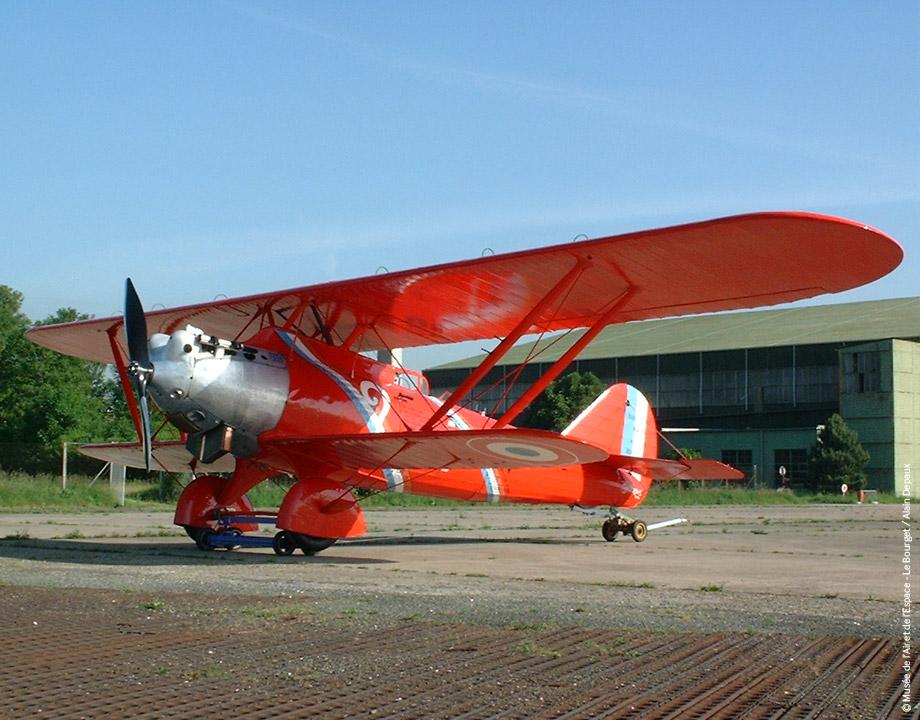
¹ Paris, Sept 1 (U.P.)—Dieudonné Coste and the Air Ministry have disagreed over the proper way to spell the famous flyer’s name.
Not long ago the flyer said he preferred to spell his name “Coste,” dropping the final”s.” which he used until a year ago. He signed autographs without the final “s” before departing for New York. The Air Ministry insisted, however, that the official spelling is “Costes.”
Coste’s name is pronounced to rhyme with “lost,” making the final letter silent.
Bellonte’s name is pronounced “Bell-ont,” to rhyme with “jaunt.”
—The Evening Sun, Baltimore, Maryland, Vol. 41, Monday 1 Spetmber 1930, Page 1, Column 3.
© 2021, Bryan R. Swopes
